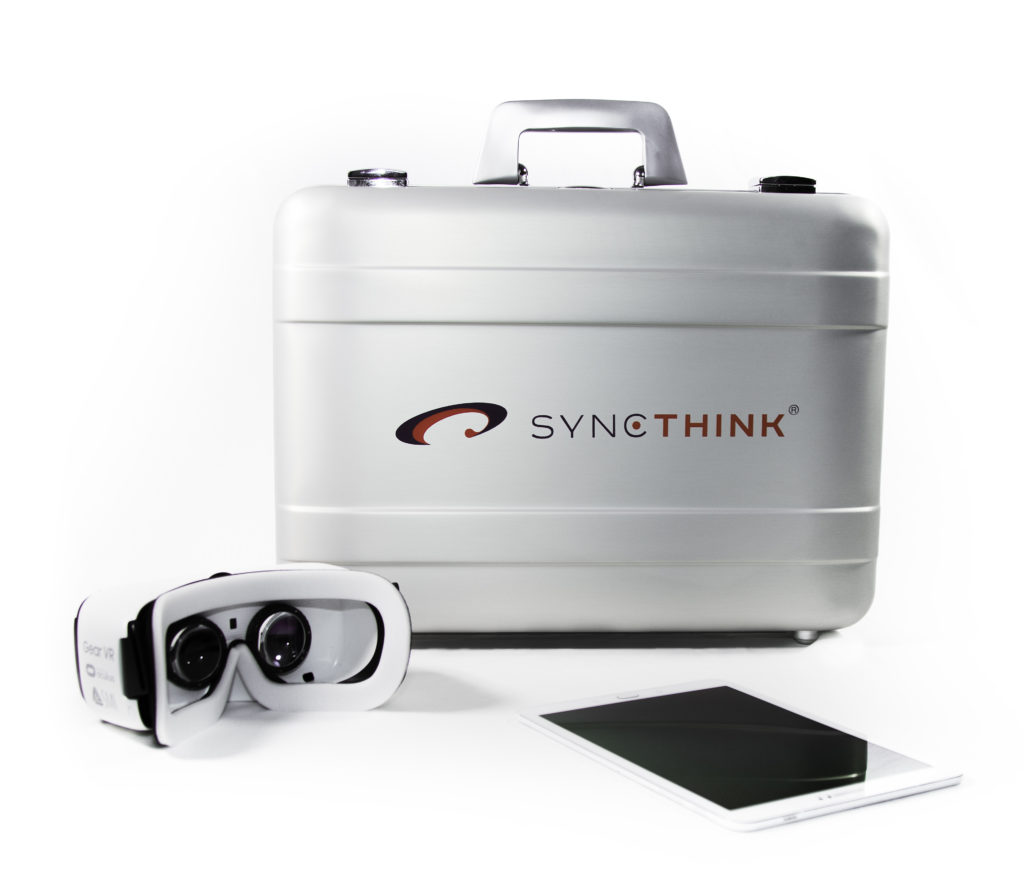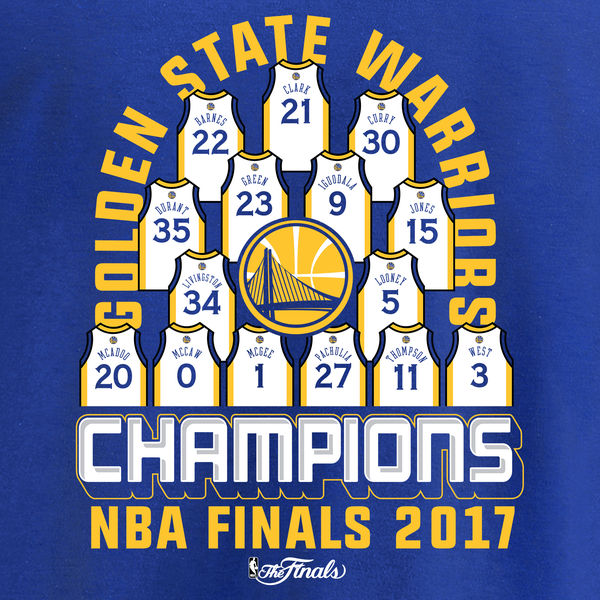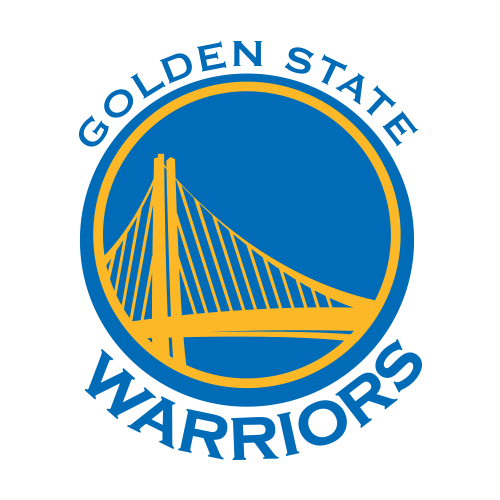On October 23, 2017, it was announced that the NBA’s own Golden State Warriors are set to use SyncThink’s EYE-SYNC, a 60-second concussion symptom assessment, in their upcoming 2017-2018 basketball season. SyncThink will bring VR neurotechnology to the professional courtside so coaches, trainers, and their sports medicine teams can quickly determine if a player is experiencing concussion symptoms and quickly decide how to intervene.
Proven Track Record
Dr. Jamshid Ghajar MD, Ph.D. of Stanford University and Founder of SyncThink created EYE-SYNC based on 15 years of science-backed research and over 10 patents. Its technology has been backed by the Department of Defense in a study of over 8,000 participants and is supported by the Brain Trauma Foundation. EYE-SYNC has been used by hospitals like Massachusetts General Hospital and is FDA-cleared to detect eye-tracking impairment.
VR Fitness Insider recently reported that SyncThink’s EYE-SYNC has already helped numerous football players and student-athletes at the University of Texas, Iowa State, and Stanford. Scott Anderson, SyncThink’s COO and former Director of Athletic Training at Stanford University, set out to help these college athletic teams gain “key insights to measure, identify, and resolve disorientation in order to ensure a safe return to practice and play.”
This tool has safely prevented both players with concussion symptoms and players who didn’t know they were symptomatic, from returning back into a game after a head impact. EYE-SYNC’s intervention has also helped doctors to help players who were diagnosed with concussion stay out of the game until their continued assessment results allowed them to return to their sport, possibly preventing further injury.
In a statement given by Head of Physical Performance and Sports Medicine for the Golden State Warriors, Chelsea Lane explains what drove the Warriors to adopt SyncThink. She states, “The health and welfare of our athletes is paramount in our decision making” and that “EYE-SYNC is a valuable and objective piece of our oculomotor function and fatigue monitoring puzzle.”
Portable and Lifesaving

What’s so effective about EYE-SYNC is that it is compact (all you need is their VR headset and tablet), it’s portable (no wires attached to VR), and it combines virtual reality with an assessment tool that can track the accuracy and timing of an athlete’s eyes in under a minute.
The tool is equipped with the current SCAT5, or the 5th edition of the Sport Concussion Assessment Tool, and can accurately assess the two major symptoms of a concussion: ocular-motor synchronization deficits and vestibular balance dysfunction. To its credit, EYE-SYNC is also HIPAA compliant and all data can be sent to an athlete’s clinician for further consultation and serves as an efficient way to communicate a player/patient’s medical information through cloud sharing.
The Future

In a statement, Scott Anderson described how excited he is “to see the Warriors performance and medical team dive into our technology and to utilize it for the vast functionality it is capable of.” With EYE-SYNC’s expansion from colleges to the pros, Anderson explains, “This organization, from top to bottom, is known for their pioneering efforts in bringing cutting-edge technology to their sport, so it is no surprise to me they became our first NBA customer. We look forward to working with them during the upcoming season.”
With support from collegiate teams, hospitals, and even the Department of Defense, it looks like SyncThink’s EYE-SYNC will be helping athletes and everyday people get quickly assessed for a concussion for seasons and years to come. With growing cases of concussion and CTE related health problems in sports, this advancement in technology will help professionals and student-athletes who risk injury on a frequent basis.
The Golden State Warriors are the leader in their sport as NBA Champions and in courtside technology. It will be interesting to see whether other professional sports teams will follow suit in their VR concussion assessment technology. We’re looking to you next — NHL, MMA, and boxing.











